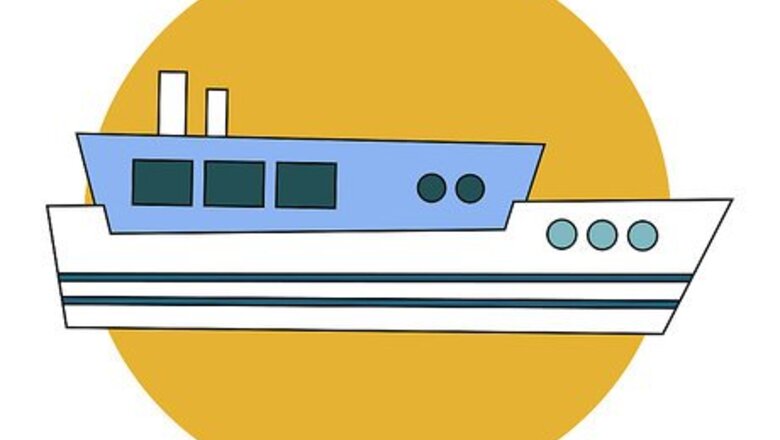
views
Packing the Basic Necessities
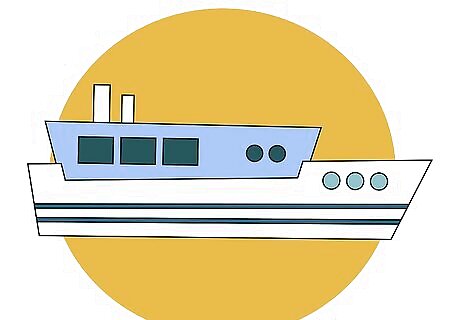
Review the houseboat’s inventory list. This will give you an idea of what you can expect to find on board the model you’re renting. Most rentals come outfitted with a fully-equipped kitchen, including cookware, dishes and utensils, as well as basic toiletries. However, you’ll want to be clear about your model’s features up front rather than assuming you’ll have everything you need. Amenities like refrigerator, stove, microwave, coffee maker and AM/FM radio come standard on most houseboat rentals. The rental company may not provide towels or bedding for the cabins except on luxury models, so leave room for some clean linens in your luggage.
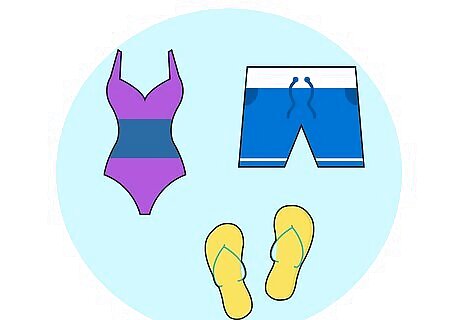
Pack enough clothing for each day. Most of the clothes you pick out should be casual and suitable for warm weather. If you think you’ll be doing any swimming or sunbathing, bring along at least two swimsuits. It also won’t hurt to squeeze in a few extra pairs of socks and underwear, just in case. Sandals or slip-ons will get you by on deck, but a good pair of nonslip waterproof shoes or boots will come in handy in case you have to do any hiking, planned or unplanned. Wear a light jacket or sweatshirt onto the houseboat so you’ll have something to slip into on chilly evenings.
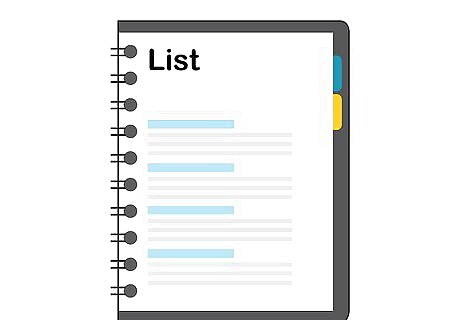
Make a list of household items you’ll need. Reserve the top of the list for things you can’t do without—trash bags, paper towels, and assorted toiletries like shampoo and conditioner, toothpaste, hand soap and deodorant. Once you’ve got those down, you can pencil in other items that aren’t crucial but are important nonetheless, such as cleaning supplies, disposable food containers and air fresheners. Insect repellent (and lots of it) will be one of your most prized provisions on summer outings. Don’t forget charcoal or butane and a lighter if you’ll be cooking on a portable grill.
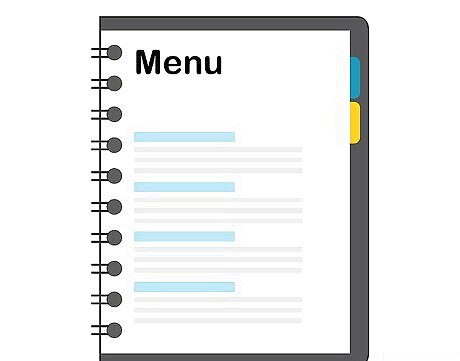
Plan your menu for the trip. Sit down and figure out how much food you’ll need to fix 2-3 meals a day for everyone in your party. Consider how long you’ll be on the water. Do your major shopping just before you depart and load your haul into coolers or a few oversized tote bags that you can easily stash away as you’re getting set up. Stock up on non-perishable items: canned foods, nuts, bottled water and some packaged snacks to munch on. Set aside cabinet space for coffee, tea, spices and condiments. Fill your cooler with a mixture of regular and dry ice to keep meats and frozen foods fresh.

Remember any important medications. Carry a separate bag for your medicines and supplements and leave it somewhere in plain sight in your cabin or bathroom. That way, the interruption to your normal routine won’t cause you to miss a dose. Keep in mind that you could be on the water for days on end—this could present complications for people with serious health concerns. Have nausea medicine available for passengers who suffer from motion sickness. Use a pill organizer to keep track of the prescriptions you take regularly.
Planning Fun Activities

Go for a swim. The best part of being on a houseboat is that you're right on the water! Take a dip when the afternoon heat becomes unbearable or do some laps for your morning exercise. Many houseboat models even have built-in swimming ladders and mountable diving boards to complete the "poolside" experience. Never jump into the water until the motor is completely off and the propellers are no longer moving. Carelessness could lead to serious injury. Strap on a snorkel and a pair of goggles and explore the isolate bays and coves along your route.

Participate in various watersports. Hitch a smaller motorboat for when you feel like spending an afternoon fishing or water skiing. If you’re a thrill-seeker, a recreational watercraft like a jet ski may be more your speed. Inflatable accessories such as inner tubes and floats take up little space, and can offer a more leisurely alternative for all ages. Check your rental agreement to see whether you’re permitted tow another vessel. Make sure everyone on board knows where the life jackets are kept—these come standard on rented houseboats.

Go camping on shore. If you like a change of scenery, head to dry land for a night or two under the stars. Depending on your camping style, this may require a full-sized tent and sleeping bags, or you may prefer to keep it simple and rock yourself to sleep in a hammock strung between a couple trees. As far as the rest of your equipment goes, check off the kind of gear you’d pack for any other camping trip—water-resistant outerwear, a compass, utility tools and materials to get a fire going. You’ll need a permit to stay overnight at a national park campsite.

Have a way to kill downtime. Throughout most of your trip, you’ll pass the time by swimming, sightseeing, making meals and socializing with family and friends. You can keep yourself occupied on rainy days or uneventful afternoons by napping, watching movies or listening to music. Board games are another popular choice, especially if you’re vacationing with a group. When you need a minute alone, find a quiet spot and recharge with a quiet activity like reading or solving crossword puzzles. Take advantage of slower moments to stop and appreciate the beauty of your surroundings.
Planning for Emergencies

Pick up a map before you leave. Boating is very different from driving, so don’t put too much faith in your sense of direction alone. A reliable map will be crucial for helping you navigate marinas and the waterways in between. Maps also sometimes list important boating regulations and provide information about local wildlife. Spending a little extra on a waterproof map. It will prove to be a good investment, given your travel environment. Look for highlighted landmarks and natural attractions. These often present a good opportunity to stop.

Make sure there’s a first aid kit onboard. Every good first aid kit should contain bandages, gauze, antiseptic solution, eye drops and burn ointment. Antihistamine creams and painkillers should also be among your go-to treatments for boating-related accidents and illnesses. Rented houseboats will almost always come equipped, but you’ll need to stock your own if you’re buying or leasing. In addition to basic first aid, knowledge of CPR is a skill could save a life.
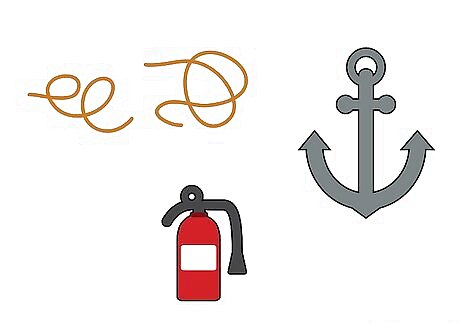
Familiarize yourself with the boat's safety measures. Be aware of where auxiliary emergency equipment like smoke detectors, fire extinguishers, ropes and anchors are located and how to use them. Any of these features may come into play in the event of an emergency. With a little bit of prior education, you can ensure that you're ready to react quickly and confidently. Give your crew a quick primer class on how to operate all the major pieces of safety equipment.
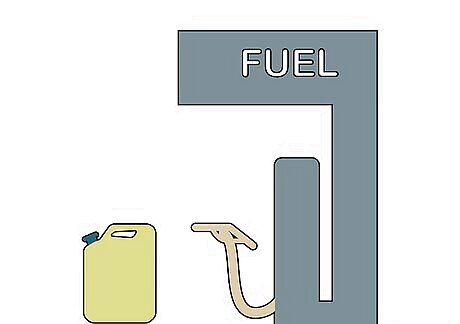
Be prepared to refuel as needed. Depending on the length of your trip (and the size of the model you're commanding), it may be necessary to top off the boat's fuel tank while you're en route. Some rental agencies offers mobile fueling services, which means you won't even have to return to the marina to fill up. Otherwise, you're welcome to use any of the park's open fueling stations when you head back to shore. You won't typically need to refuel on trips that are shorter than about a week. For extended jaunts, considering building regular fuel stops into your weekly schedule. Keep in mind that fueling expenses are not included in the houseboat's rental price, so they'll be coming straight out of your pocket.
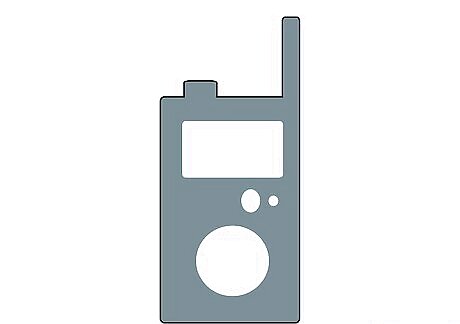
Have emergency contact information on standby. Keep the boat's marine band radio set to Channel 16. The National Park Service, Forest Service, Coast Guard and harbormaster are all tuned to this frequency, so getting in touch will be as easy as pressing a single button. You should also jot down the phone numbers for each of these authorities and post them directly over the phone or radio in the cabin where they can easily be referenced, just to be on the safe side. Everyone on board should take a few minutes to learn how to use the boat's two-way radio to report emergencies. If you're caught off guard or only have access to a cell phone, dial 9-1-1. They'll be able to patch your call through to the appropriate responders.




















Comments
0 comment